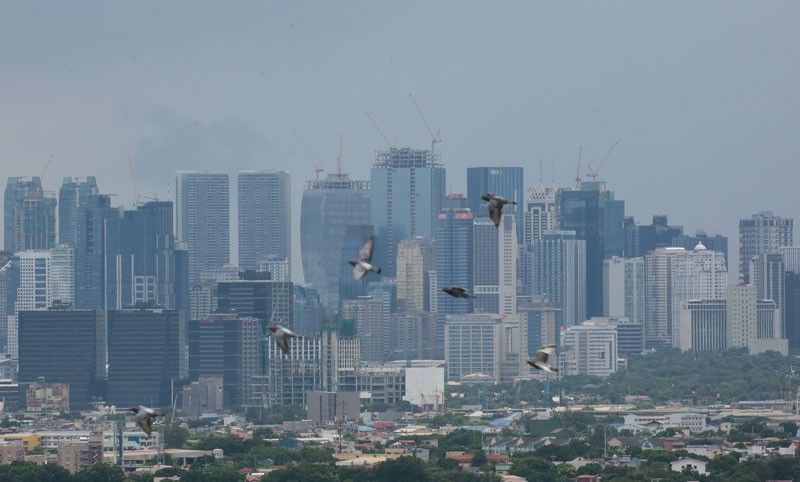‘Delay in vaccine rollout to slow down Philippines growth’

MANILA, Philippines — New York-based GlobalSource Partners expects the Philippine economy to grow by 5.5 percent this year, well below the government’s forecast as the country lags behind mass vaccination.
The government’s gross domestic product (GDP) forecast for 2021 is 6.5 to 7.5 percent.
The National Economic and Development Authority, however, is already revisiting its GDP target following another delay in easing quarantine measures in the country.
“Output growth will be characterized by overall sluggishness, uneven recovery across sectors and income groups, high joblessness and low investment appetites and productivity losses due to surplus labor and firm capacities,” GlobalSource said.
“Nevertheless, against the backdrop of stronger global and regional economic growth and low base effects, we think GDP could grow by 5.5 percent this year,” it said.
The market intelligence firm said hopes of achieving herd immunity have been dashed by delayed vaccine procurement.
GlobalSource said the lack of vaccines meant more caution in relaxing restrictions, keeping segments of the population locked down and public transport at half capacity.
The Asian Development Bank earlier said it would take two more years before the Philippines could finish inoculating the whole population.
Based on the vaccine rollout timeline, the Philippines will vaccinate priority groups until the first quarter of 2021 and the rest of the population until the fourth quarter of 2023.
“The government’s vaccine procurement program has encountered one problem after another, such that following the current schedule that already reflects private sector assistance, major deliveries of vaccines will only happen in the third quarter,” GlobalSource said.
“A serious vaccination effort could thus only start thereafter, which will be a slow process considering logistical challenges in distribution and the high proportion of Filipinos who survey says are not willing to get vaccinated,” the report said.
Apart from general restrictions, GlobalSource cited the fragmented COVID-19 guidelines set forth by local government units, which make travel and transport more difficult and costly.
GlobalSource said such conflict affects both movement of workers and recovery of domestic tourism, which has been seen as an important interim solution for closing some of the demand gap.
Further, the country’s economic recovery will be marked by unevenness in spending where recoveries in discretionary spending of those who have managed to preserve jobs and incomes and accumulate savings under lockdown are dragged by expenditure cutbacks of those who have suffered job loss and wage cuts.
“The lingering crisis is expected to dull consumer and business sentiments, with rising food prices and costs of production forcing more scrimping for both. With election season approaching, political economy considerations will further muddle policy choices,” GlobalSource said.
With all these factors, the Philippines is seen battling the economic impacts of COVID-19 for a long time with GDP not returning to its pre-pandemic level until late 2022.
For 2022, GlobalSource is looking at a five percent GDP growth which it said looks more like a cap on growth given the pandemic’s scarring effects particularly on labor supply, alongside disincentives to invest arising from political and regulatory uncertainties.
- Latest
- Trending


























